Home>Storage Ideas>Kitchen Storage>How To Clean Silverware To Protect Against Stains And Tarnish
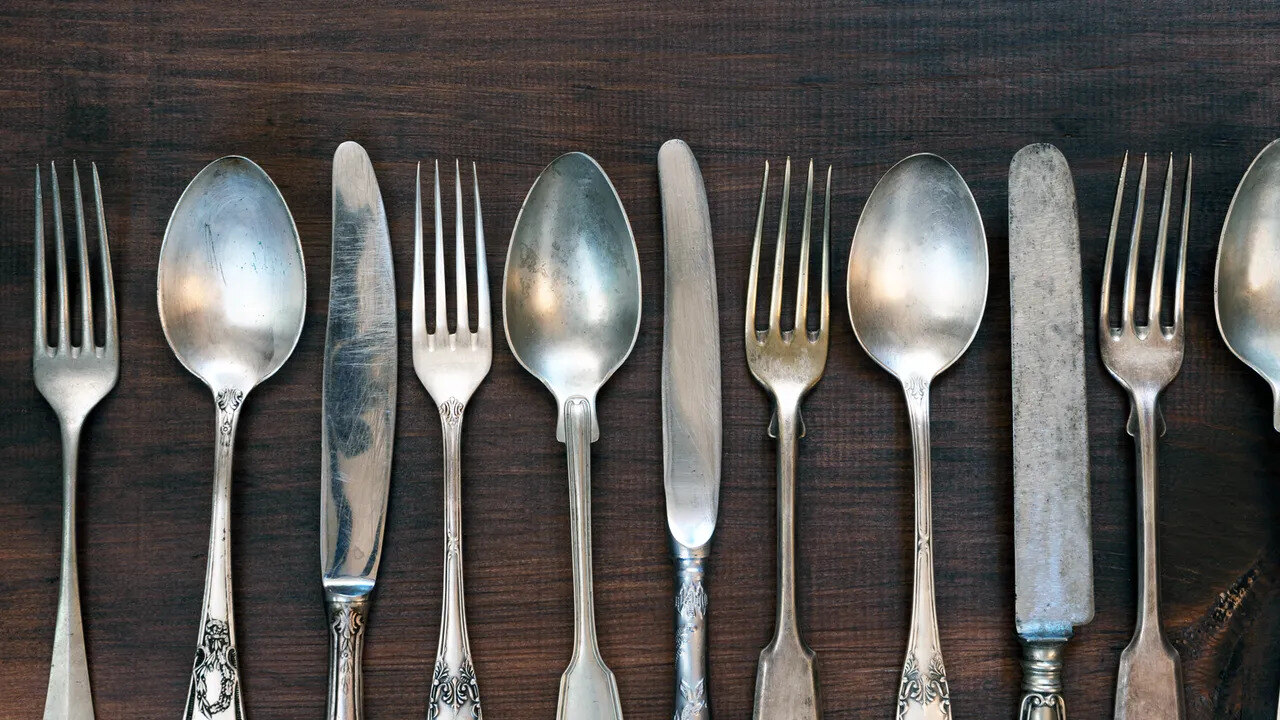

Kitchen Storage
How To Clean Silverware To Protect Against Stains And Tarnish
Modified: January 8, 2024
Learn how to clean silverware effectively with our practical tips and tricks for preventing stains and tarnish. Discover the best kitchen storage ideas to keep your silverware looking shiny and new.
(Many of the links in this article redirect to a specific reviewed product. Your purchase of these products through affiliate links helps to generate commission for Storables.com, at no extra cost. Learn more)
Introduction
Welcome to the world of silverware, where elegance meets functionality. Silverware has long been a symbol of class and sophistication, adorning dining tables and kitchens around the world. However, as beautiful as silverware may be, it requires regular cleaning and maintenance to preserve its shine and prevent stains and tarnish from forming.
Properly cleaning your silverware not only helps to maintain its appearance but also extends its lifespan. Over time, silverware can accumulate dirt, grease, and even tarnish, which can dull its shine and make it less appealing. By following the right cleaning techniques, you can ensure that your silverware remains stunning and ready to impress.
In this article, we will explore the importance of cleaning silverware, the materials you will need, and a step-by-step guide on how to clean and protect your silverware from stains and tarnish. With our comprehensive guide, you’ll be able to restore the brilliance of your silverware and showcase it with pride.
So, let us embark on a journey to discover the best practices for cleaning and maintaining your silverware, so it can continue to enhance the ambiance of your dining experience.
Key Takeaways:
- Regular cleaning and proper maintenance are crucial for preserving the shine and elegance of silverware, preventing stains, and protecting against tarnish, ensuring its timeless beauty for generations.
- Gentle cleaning techniques, proper drying, and careful storage are essential for maintaining the luster and value of silverware, allowing it to grace dining tables with sophistication and refinement.
Read more: How To Remove Tarnish From Silverware
Importance of Cleaning Silverware
Cleaning silverware is not just about making it look shiny and presentable; it is also essential for preserving its longevity and protecting it against stains and tarnish. Here are some of the key reasons why regular cleaning is important for silverware:
- Preservation of Shine: Silverware is known for its lustrous appearance that adds a touch of elegance to any table setting. However, over time, silverware can become dull and lose its shine due to the accumulation of dirt and oxidation. Regular cleaning helps to remove these impurities and restore the brilliance of your silverware.
- Prevention of Stains: Silverware can easily develop stains from food residue, fingerprints, and mineral deposits. These stains not only affect the aesthetic appeal, but they can also be tough to remove if left unattended for too long. By cleaning your silverware regularly, you can prevent stains from setting in and keep it looking pristine.
- Protection against Tarnish: Tarnish is a natural process that occurs when silver comes into contact with air and sulfur-containing compounds. It can cause your silverware to develop a dark film or patina, which not only detracts from its appearance but can also corrode the metal over time. Regular cleaning and proper storage can help prevent tarnish and prolong the life of your silverware.
- Maintaining Hygiene: Silverware comes into direct contact with our hands and food, making it susceptible to bacteria and germs. By cleaning your silverware thoroughly, you can ensure that it remains hygienic and safe to use. This is especially important for entertaining guests or during special occasions when cleanliness is a top priority.
- Preserving the Value: Silverware, especially antique and heirloom pieces, can hold significant sentimental and monetary value. By taking care of your silverware through regular cleaning, you are preserving its value for future generations. Well-maintained silverware can also be passed down as cherished family heirlooms.
Overall, cleaning your silverware is an essential part of caring for these precious pieces. By investing a little time and effort, you can ensure that your silverware remains radiant, stain-free, and protected against tarnish, allowing you to enjoy its beauty and functionality for years to come.
Materials Required
Before you begin the process of cleaning your silverware, gather the necessary materials to ensure a successful and effective cleaning session. Here are the materials you will need:
- Mild Dish Soap: Look for a mild dish soap that is gentle on silverware while still powerful enough to remove dirt and grease. Avoid using harsh or abrasive cleaners, as they can damage the silver surface.
- Warm Water: You will need warm water to create a cleaning solution and soak your silverware. Make sure the water is not too hot, as extreme temperatures can cause silverware to warp or lose its shape.
- Soft-Bristled Brush: A soft-bristled brush, such as a toothbrush or a specialty silver cleaning brush, will help you gently scrub your silverware to remove dirt and stains. Ensure that the brush is clean and free from any residues before using it.
- Microfiber Cloth: A microfiber cloth is ideal for drying and polishing your silverware. It is lint-free and soft, ensuring that it doesn’t scratch or damage the surface of your silverware.
- Silver Polish: If your silverware is heavily tarnished and requires additional cleaning and polishing, you may need a silver polish. Choose a polish specifically designed for silverware and follow the instructions on the label for the best results.
- Protective Gloves: To protect your hands from chemicals and prevent fingerprint marks on your silverware, it is advisable to wear a pair of protective gloves while cleaning.
- Soft, Clean Cloth: Keep a soft, clean cloth handy to wipe away excess water, buff your silverware, and ensure it shines brightly after cleaning.
With these materials at hand, you are fully prepared to embark on the journey of cleaning and restoring your silverware to its former glory. Now let us move on to the step-by-step cleaning process.
Step 1: Preparing the Cleaning Solution
Before you begin cleaning your silverware, it’s important to create a gentle and effective cleaning solution. Here’s how to prepare the cleaning solution:
- Fill a Sink or Basin: Start by filling a clean sink or basin with warm water. Ensure that there is enough water to completely submerge your silverware.
- Add Mild Dish Soap: Add a small amount of mild dish soap to the warm water. Use about a teaspoon of dish soap for every gallon of water. Be careful not to add too much soap, as this can leave behind a residue on your silverware.
- Mix the Solution: Gently mix the water and dish soap together to create a soapy solution. Stir until the dish soap is fully dissolved in the water.
- Optional: Add Baking Soda: If your silverware is tarnished or heavily stained, you can add a teaspoon of baking soda to the cleaning solution. Baking soda helps to remove tarnish and stubborn stains through a gentle abrasive action. Stir well to ensure the baking soda is evenly distributed in the solution.
- Put on Protective Gloves: Before handling your silverware, put on a pair of protective gloves to avoid leaving fingerprints on the silver surface and to protect your skin from any chemicals in the cleaning solution.
Once you have prepared the cleaning solution, you are ready to move on to the next step of the cleaning process: soaking the silverware.
Step 2: Soaking the Silverware
Soaking your silverware is an essential step in the cleaning process as it helps to loosen dirt, remove stains, and dissolve tarnish. Follow these steps to properly soak your silverware:
- Arrange the Silverware: Start by arranging your silverware in the sink or basin, ensuring that each piece is fully submerged in the cleaning solution. Avoid overcrowding the sink to allow adequate space for the water to circulate and clean each piece.
- Let it Soak: Allow the silverware to soak in the cleaning solution for around 10 to 15 minutes. Soaking loosens dirt and tarnish, making it easier to remove during the cleaning process.
- Gently Stir: After soaking, use a soft utensil or your hand (while wearing protective gloves) to gently stir the silverware in the cleaning solution. This helps to dislodge any stubborn dirt or tarnish that may be clinging to the surface of the silverware.
- Pay Attention to Tarnished Areas: If you notice any heavily tarnished areas, you can use a soft cloth or brush to lightly agitate those areas while the silverware is soaking. Be gentle to avoid scratching the silver surface.
- Short Soak for Fragile Pieces: If you have delicate or vintage silverware, reduce the soaking time to a few minutes to prevent damage. Fragile silverware may require more gentle cleaning methods to avoid any potential harm.
Remember, soaking your silverware helps to soften and remove dirt and tarnish, making it easier to clean in the next steps. Once your silverware has soaked for the recommended time, you are ready to proceed to the next step: cleaning the silverware.
After washing silverware, dry it immediately with a soft cloth to prevent water spots and tarnish. Store it in a tarnish-resistant cloth or pouch to protect it from air and moisture.
Step 3: Cleaning the Silverware
Now that your silverware has soaked and loosened dirt and tarnish, it’s time to clean each piece thoroughly. Follow these steps to effectively clean your silverware:
- Take Out One Piece at a Time: Begin by taking out one piece of silverware at a time from the soaking solution. This allows you to focus on cleaning each piece thoroughly.
- Use a Soft-Bristled Brush: Wet a soft-bristled brush, such as a toothbrush or a specialty silver cleaning brush, and gently scrub the silverware. Pay attention to the engraved or intricate areas to remove any dirt or tarnish that might have accumulated. Avoid using abrasive brushes or scouring pads that could scratch or damage the silver surface.
- Clean Both Sides: Flip the silverware and clean the other side using the same gentle brushing motion. Ensure that all surfaces, including forks, spoons, and knife blades, are thoroughly cleaned.
- Focus on Stains and Tarnish: For stubborn stains or tarnished areas, you can apply a small amount of the cleaning solution directly to the brush and gently work it into the affected area. Be cautious not to scrub too hard or use abrasive cleaners, as they can scratch the silverware.
- Rinse the Silverware: After cleaning each piece, rinse it under warm running water to remove any remaining soap or residue. Make sure to rinse all sides and crevices of the silverware to ensure a thorough clean.
Repeat these steps for each piece of silverware, taking your time to clean and inspect each one individually. Be patient and gentle with the brushing to avoid scratching or damaging the silver surface. Once you have cleaned all the silverware, it’s time to move on to the next step: rinsing and drying.
Step 4: Rinsing and Drying
After cleaning the silverware, it’s important to rinse off any remaining soap or residue and properly dry each piece to prevent water spots or tarnish. Follow these steps to rinse and dry your silverware:
- Rinse Under Warm Water: Hold each piece of silverware under warm running water to thoroughly rinse off any soap or cleaning solution. Ensure that all surfaces of the silverware, including handles and crevices, are rinsed clean.
- Inspect for Residue: While rinsing, check each piece for any remaining residue or tarnish. If you notice any areas that still require cleaning, gently brush or agitate those spots with a soft cloth or brush to remove the residue.
- Pat Dry with a Soft Cloth: Use a clean, soft cloth to pat dry each piece of silverware. Avoid rubbing the silverware vigorously, as this can cause scratches or surface damage. Instead, gently press the cloth against the silverware to absorb the moisture.
- Air Dry: For a final drying step, allow the silverware to air dry completely. Place the pieces on a clean, dry towel or a drying rack, ensuring that they are not touching each other. This allows air circulation and prevents water spots or residue from forming.
- Inspect for Water Spots: Once the silverware is fully dry, inspect each piece for any water spots or residue. If you notice any spots, gently buff them away using a clean, dry microfiber cloth or a polishing cloth specifically designed for silverware.
Proper drying is crucial in maintaining the shine and preventing tarnish on your silverware. Take care to handle the silverware with clean, dry hands or gloves to avoid leaving fingerprints or moisture on the surface. Once your silverware is rinsed and dried, it’s time to move on to the final step: polishing the silverware (if needed).
Step 5: Polishing the Silverware
Polishing your silverware adds the final touch of brilliance and luster, making it truly shine. Follow these steps to effectively polish your silverware:
- Choose a Silver Polish: If your silverware still has tarnish or lacks its desired shine, you can use a silver polish specifically designed for silverware. Choose a polish that is gentle and safe for silver, and follow the instructions provided on the product.
- Apply the Polish: Take a small amount of silver polish and apply it to a soft, clean cloth or a specialized polishing cloth. Gently rub the polish onto the silverware, using circular motions. Pay attention to any tarnished or dull areas, and work the polish into those spots using a bit more pressure.
- Buff the Silverware: Using a clean section of the cloth, buff the silverware in a back-and-forth motion, applying light pressure. This helps to remove any excess polish and brings out the desired shine. Continue buffing until the silverware gleams and reflects light.
- Polish Intricate Areas: For silverware with intricate designs or patterns, use a soft-bristled brush or a toothpick wrapped in cotton to reach crevices and remove polish residue. Be careful not to apply too much pressure or use abrasive materials that could scratch the silver surface.
- Inspect and Touch Up: After polishing, inspect each piece of silverware to ensure no polish residue remains. If you notice any spots or smudges, gently buff them away using a clean, dry cloth. Take your time to touch up any areas that require additional attention.
Remember, polishing is not always necessary after each cleaning session. It is generally reserved for silverware that has visible tarnish or lacks its desired shine. If your silverware is already looking pristine, you may choose to skip this step and go straight to storing it properly or showcasing it on your table.
With the silverware properly cleaned, rinsed, dried, and polished, it is now ready to be used or stored. Follow our additional tips and precautions to help maintain the beauty and shine of your silverware for years to come.
Additional Tips and Precautions
To ensure the longevity and beauty of your silverware, consider these additional tips and precautions:
- Regular Cleaning: Make it a habit to clean your silverware regularly. Routine cleaning prevents the buildup of dirt, stains, and tarnish, making the overall cleaning process easier and more effective.
- Avoid Harsh Cleaners: Avoid using harsh or abrasive cleaners on your silverware, as they can scratch or damage the silver surface. Stick to mild dish soap or specialized silver cleaners specifically designed for silverware.
- Separate Silverware: When storing or transporting silverware, avoid mixing different types of metal together. Different metals can react and cause tarnish or discoloration. Keep silverware separated to prevent any chemical reactions.
- Proper Storage: Store your silverware in a dry and cool place, away from direct sunlight and moisture. Consider using tarnish-resistant cloth or anti-tarnish storage bags to further protect your silverware from tarnish.
- Avoid Exposure to Air: Limit the exposure of your silverware to open air, as oxygen can cause tarnish to develop. When not in use, store your silverware in airtight containers or wrap them in tarnish-resistant fabric to slow down the tarnishing process.
- Handle with Care: Silverware can be delicate, especially antique pieces or silver-plated items. Handle your silverware with care, avoiding excessive force or pressure that can cause bending or damage.
- Regular Inspections: Periodically inspect your silverware for any signs of damage, such as loose handles or visible wear. Address any issues promptly to prevent further damage or loss.
- Professional Cleaning: If you have valuable or heavily tarnished silverware that needs expert care, consider taking them to a professional silver restoration specialist. They have the knowledge and experience to safely clean and restore your silverware to its original beauty.
By following these tips and taking precautions, you can prolong the life of your silverware and keep it looking stunning for generations to come. Remember, proper cleaning and maintenance are key to preserving the beauty and elegance of your silverware.
With the knowledge gained from this comprehensive guide, you are now equipped to clean, maintain, and protect your silverware. Embrace the beauty and sophistication that silverware brings to your dining experience, and let its shine grace your table for every special occasion.
Happy cleaning!
Conclusion
Cleaning silverware is an essential part of maintaining its beauty and prolonging its lifespan. By following the proper cleaning techniques and taking precautions, you can ensure that your silverware remains radiant and free from stains and tarnish. Regular cleaning not only preserves the shine of your silverware but also helps to maintain its value and hygiene.
In this comprehensive guide, we have explored the importance of cleaning silverware and provided step-by-step instructions on how to clean and protect it. We have discussed the materials required, preparing the cleaning solution, soaking the silverware, cleaning each piece, rinsing and drying, and polishing if necessary. Additionally, we have provided additional tips and precautions for proper care and storage of your silverware.
Remember, gentle cleaning techniques, using mild dish soap and soft-bristled brushes, are key to preserving the integrity of your silverware. Avoid harsh cleaners and abrasive materials that can damage the silver surface. Proper drying and storage in a dry, cool place will help prevent tarnish and discoloration.
By incorporating regular cleaning and maintenance into your silverware care routine, you can continue to enjoy its timeless beauty and elegance for years to come. Whether it’s for special occasions or everyday use, clean and well-maintained silverware adds a touch of sophistication and refinement to your dining experience.
So, let your silverware shine brightly on your table, impressing your guests and becoming a cherished heirloom for future generations. Take pride in your beautifully cleaned and preserved silverware, and enjoy the delightful ambiance it brings to your meals.
Happy cleaning and enjoy the gleaming beauty of your silverware!
Frequently Asked Questions about How To Clean Silverware To Protect Against Stains And Tarnish
Was this page helpful?
At Storables.com, we guarantee accurate and reliable information. Our content, validated by Expert Board Contributors, is crafted following stringent Editorial Policies. We're committed to providing you with well-researched, expert-backed insights for all your informational needs.
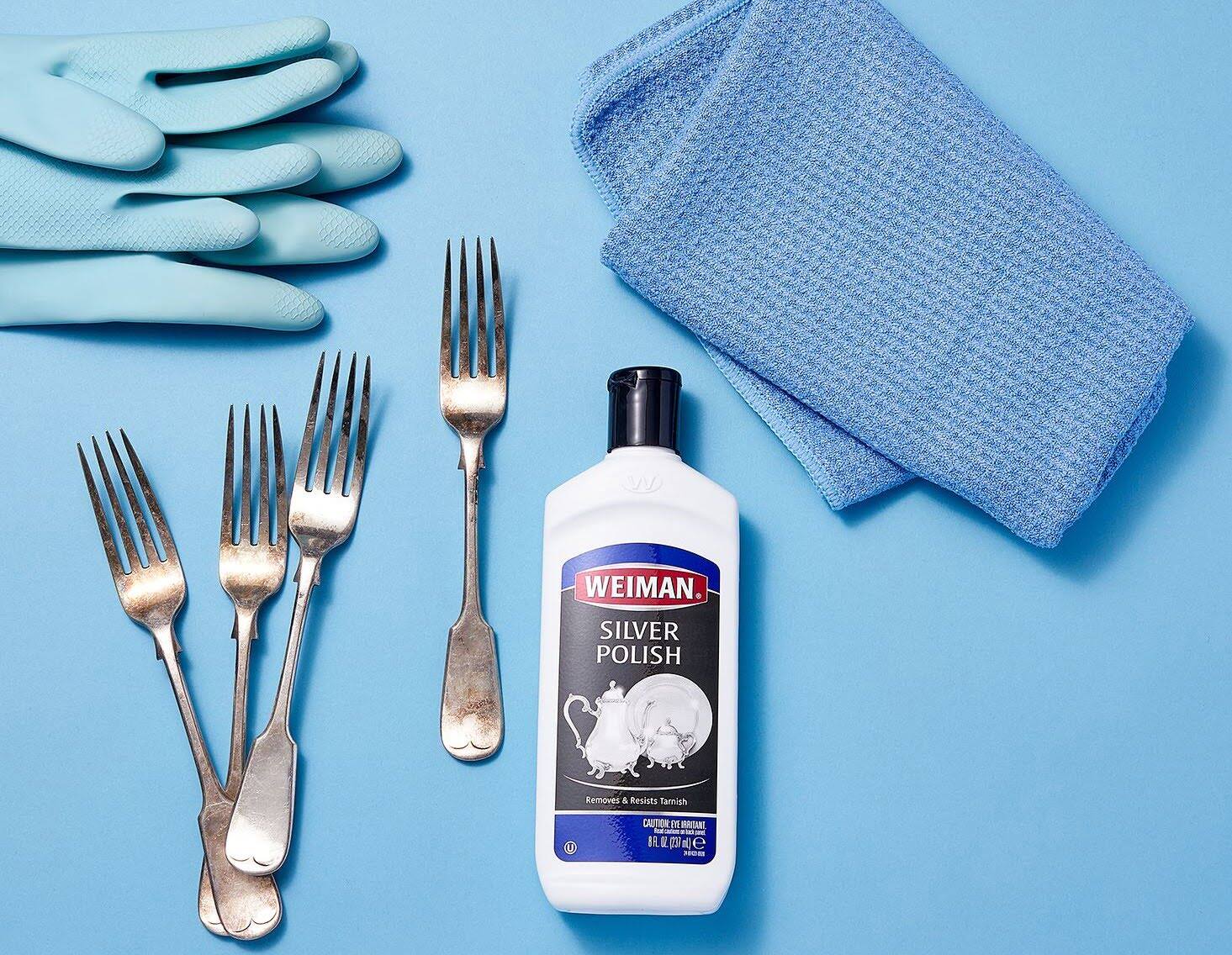
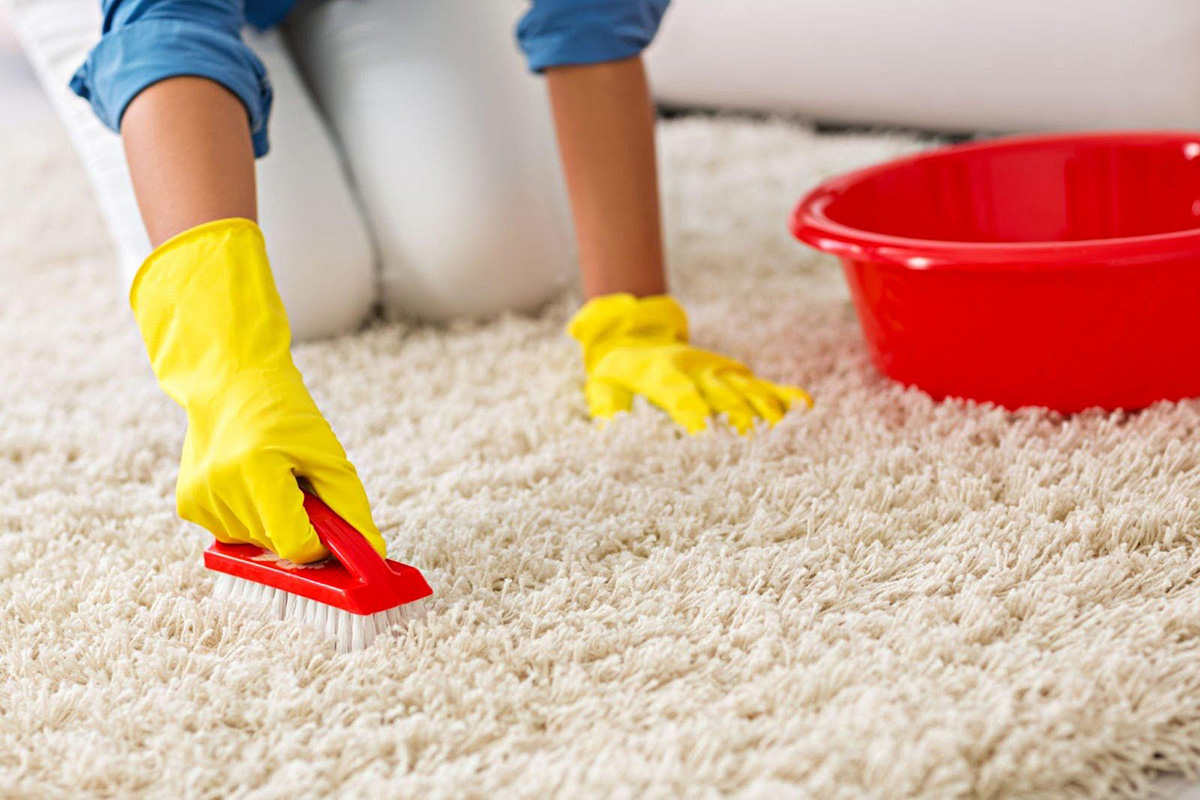
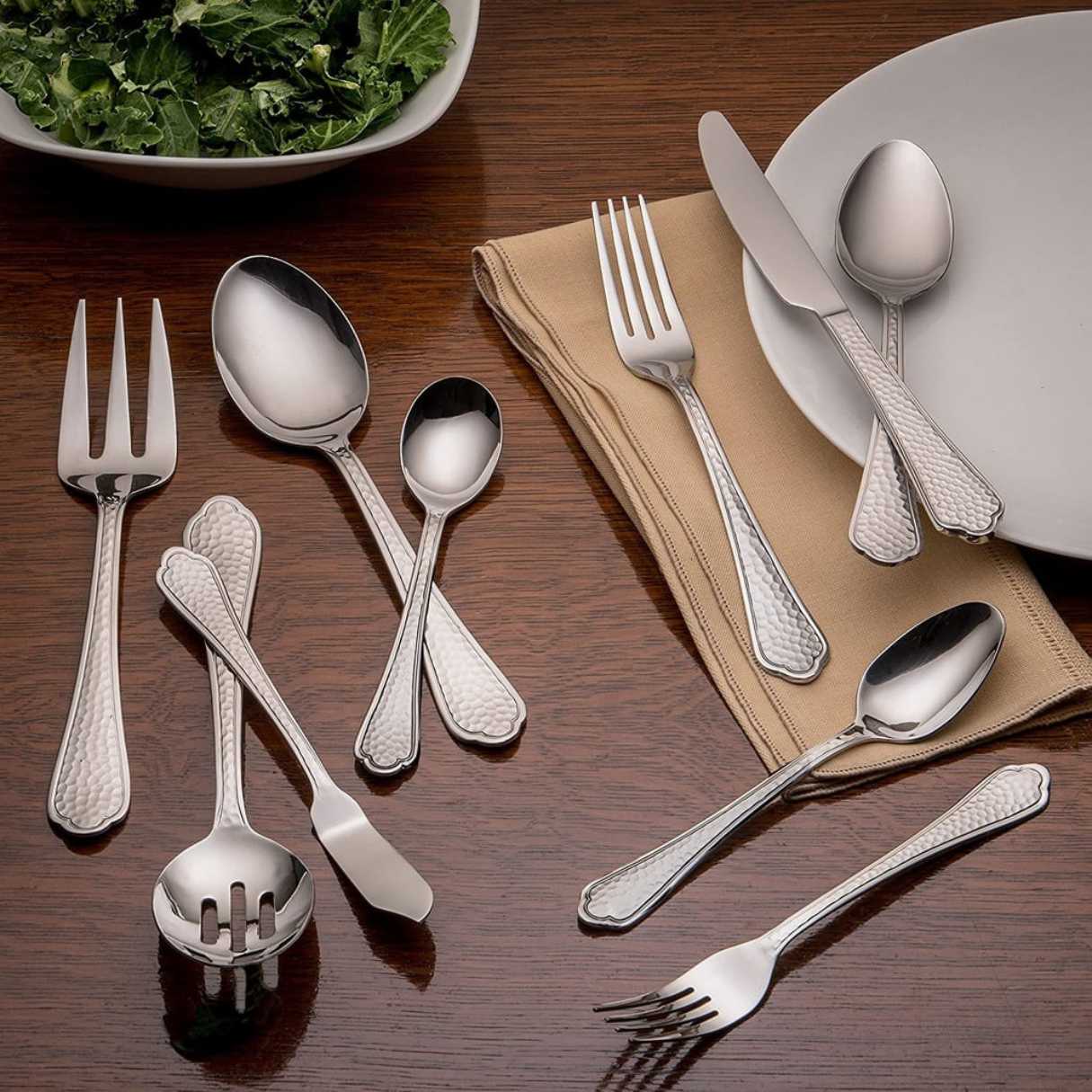
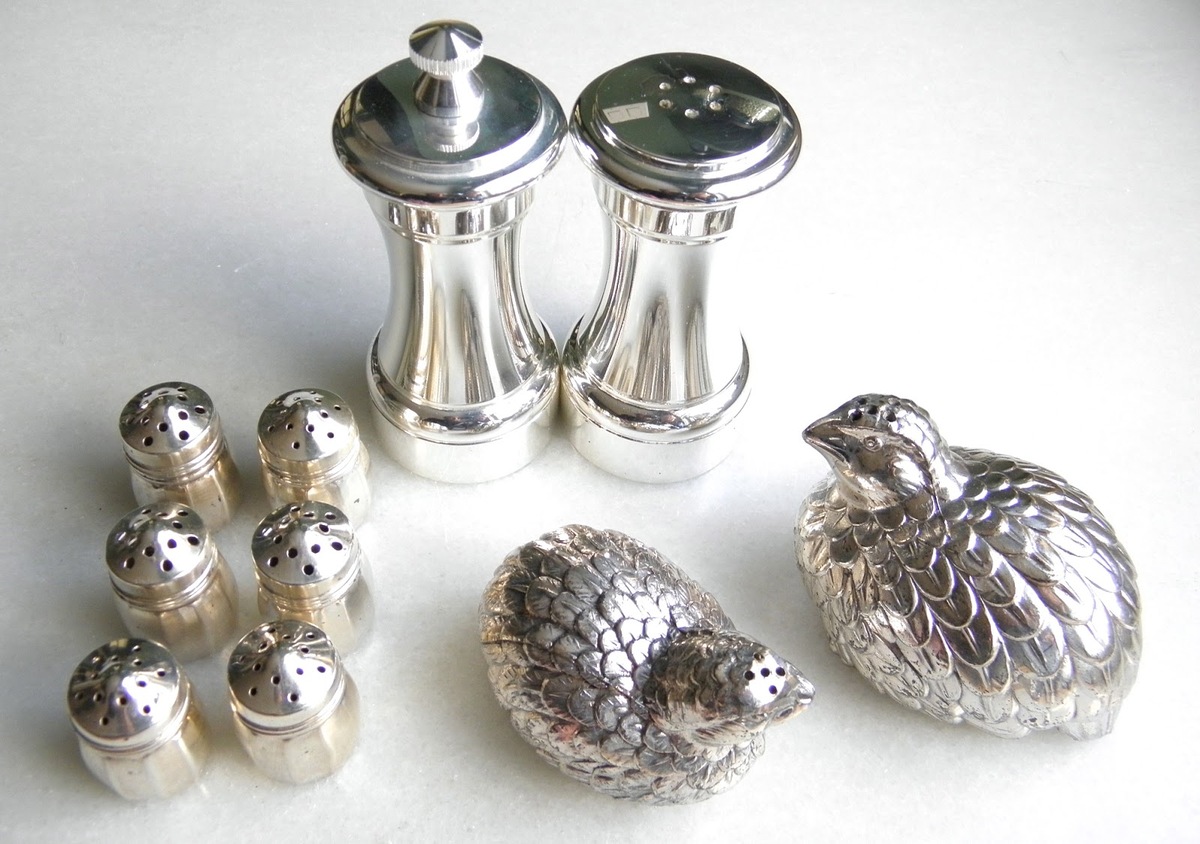
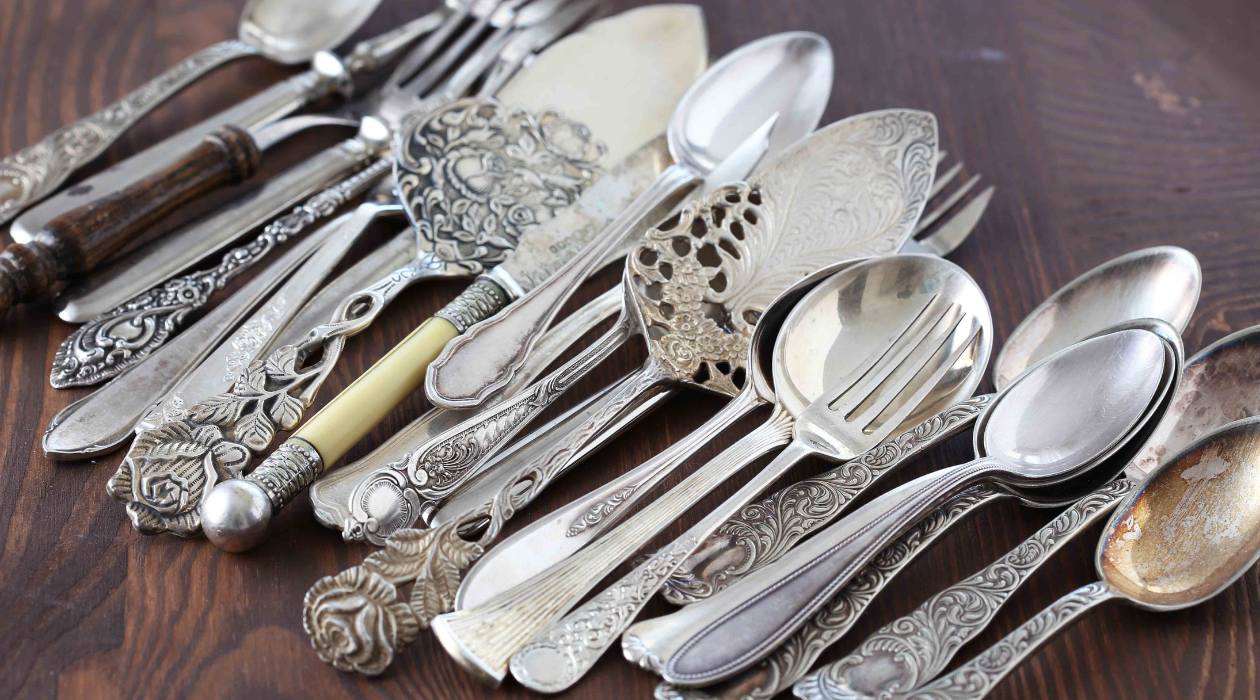
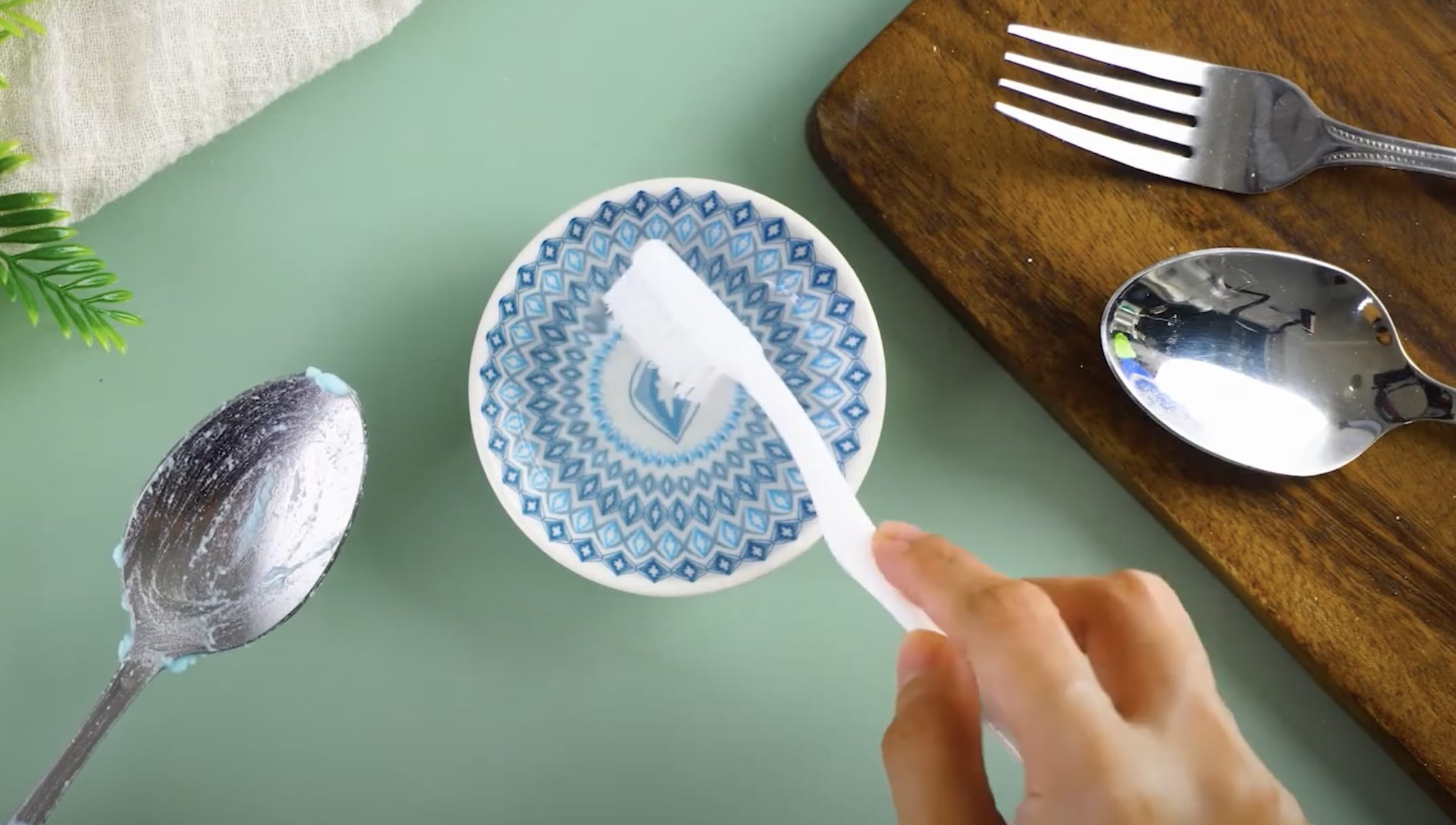
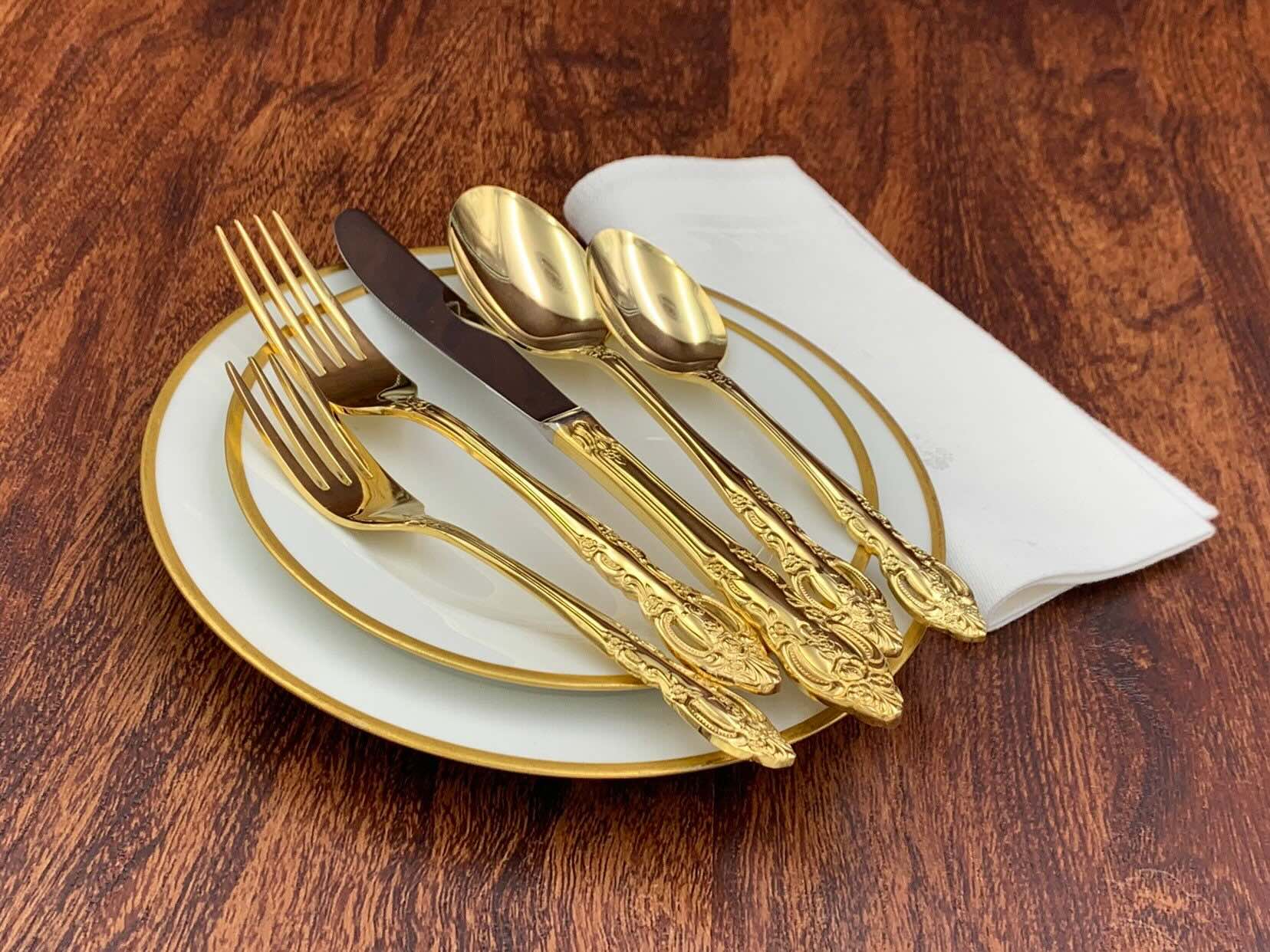
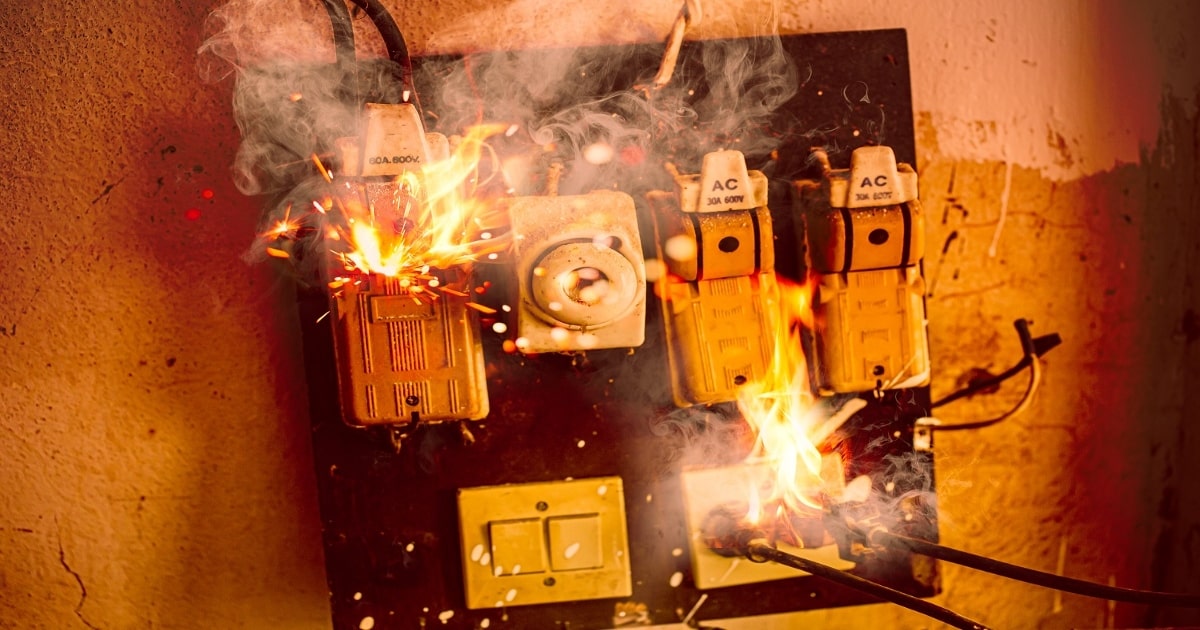
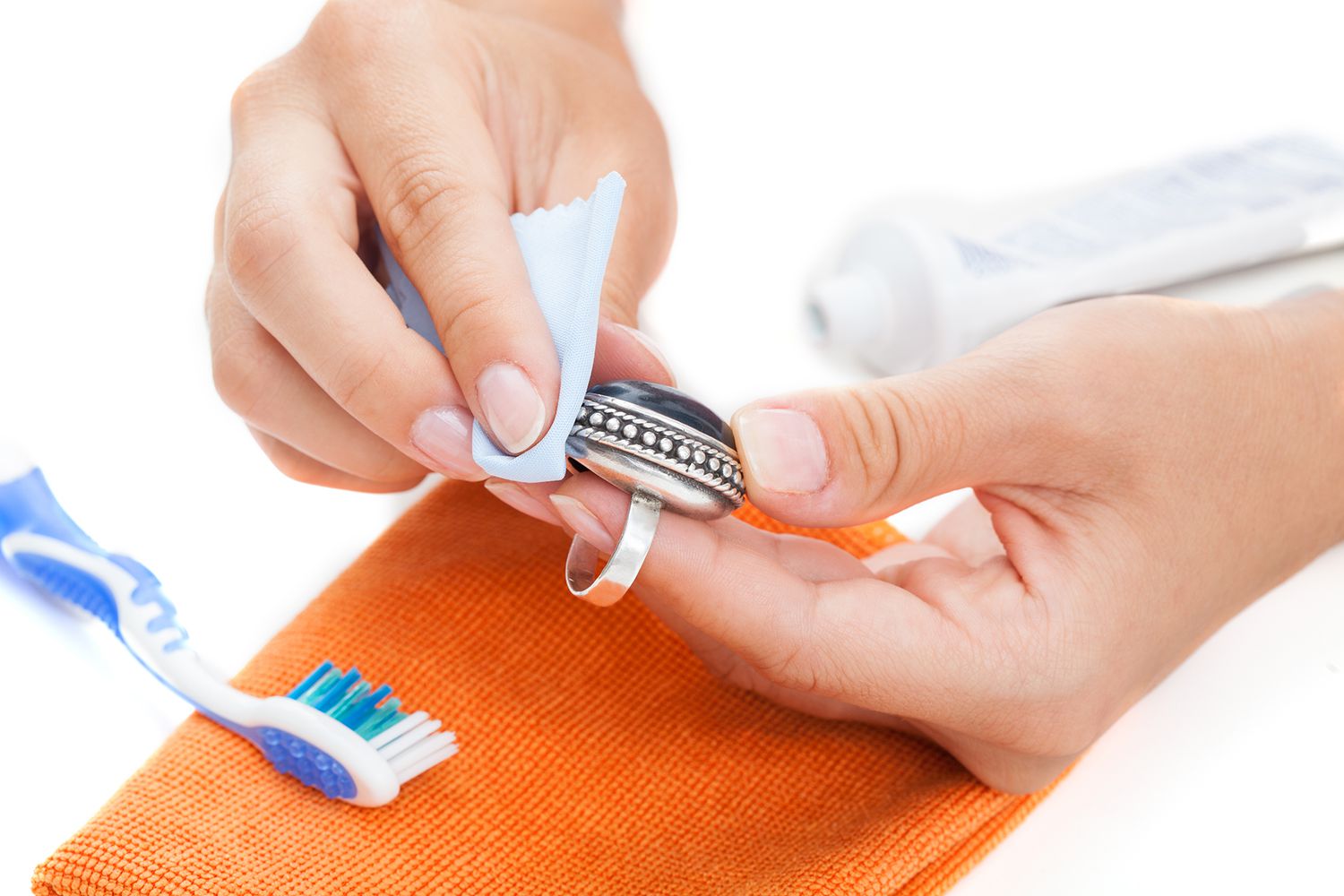
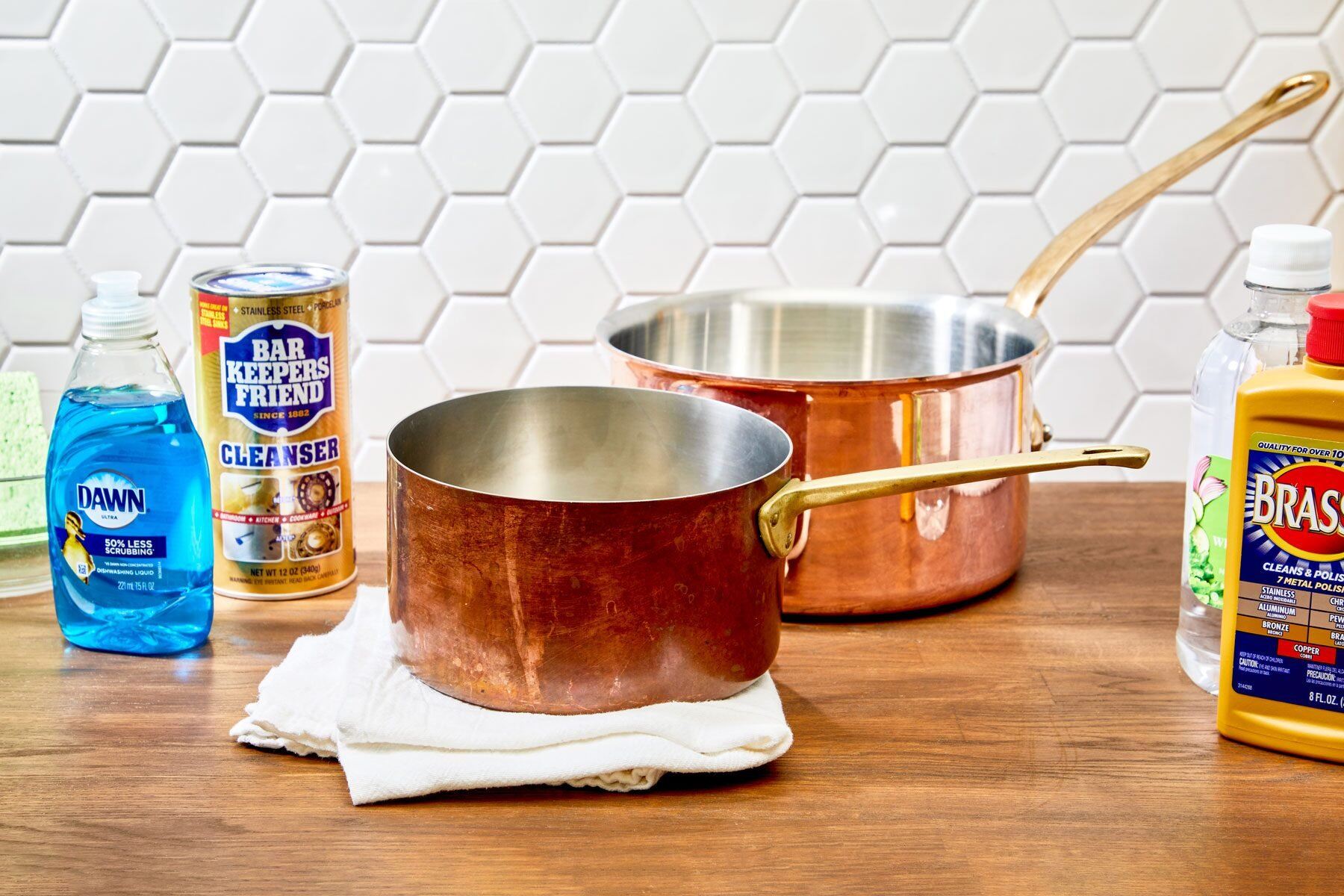
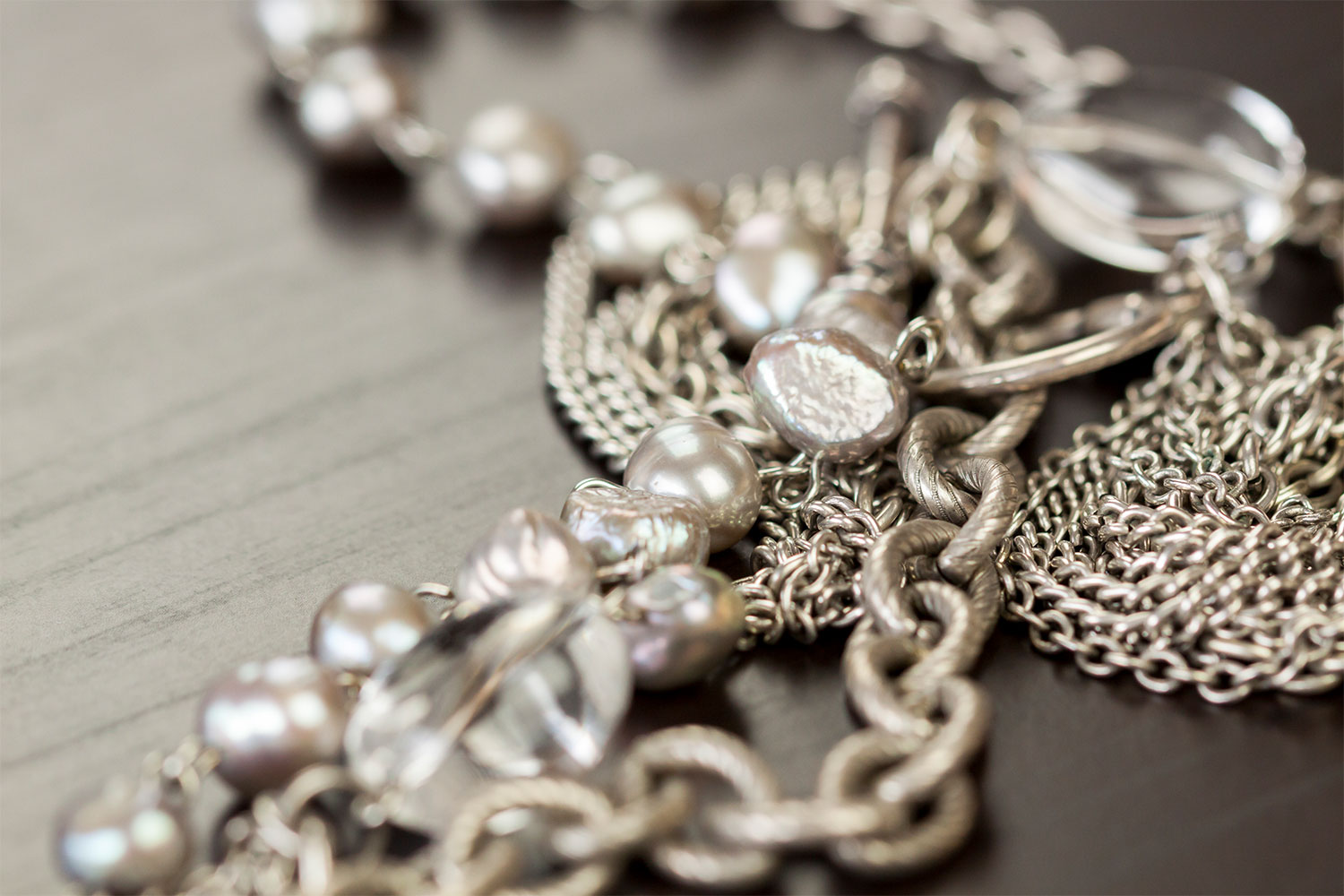
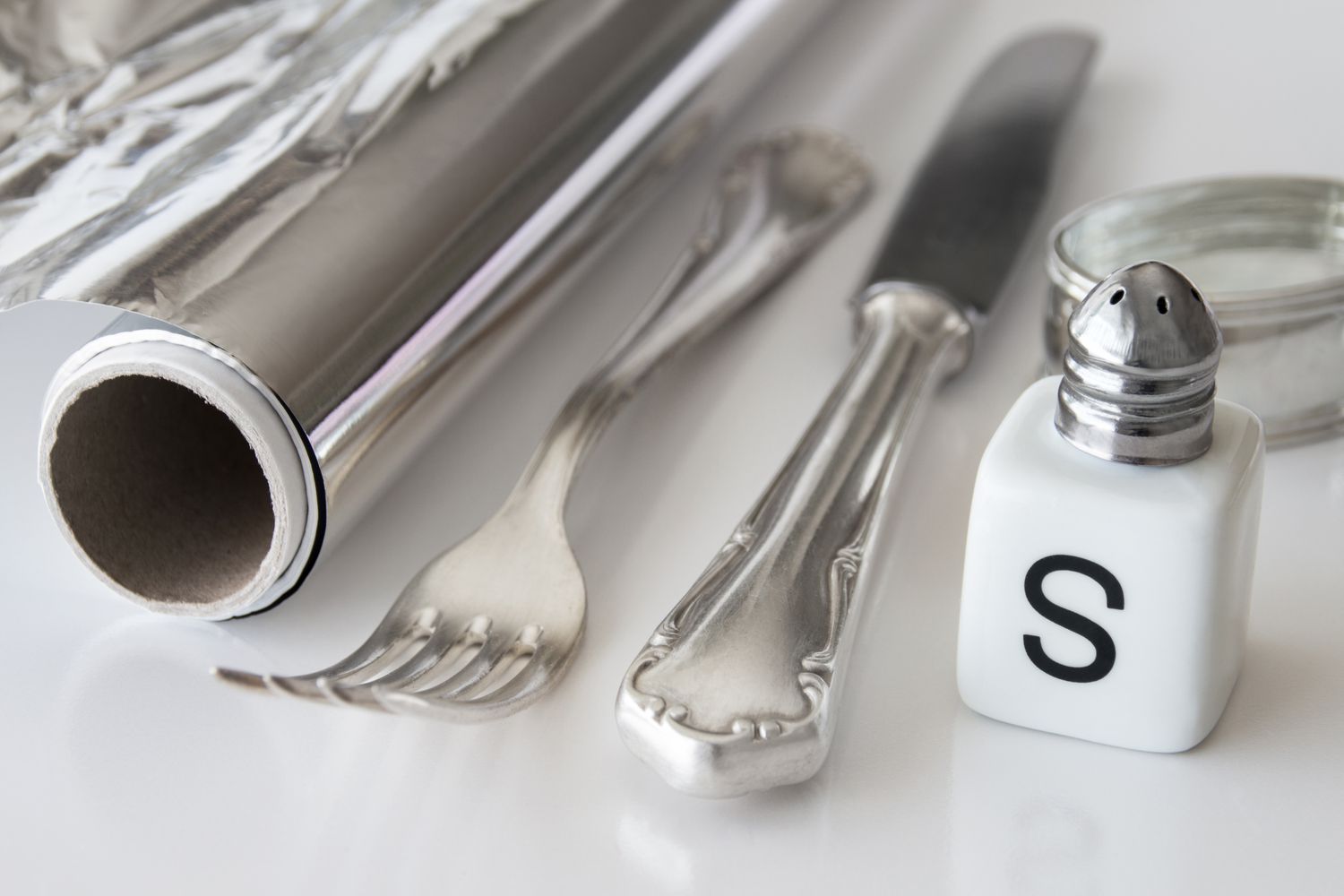
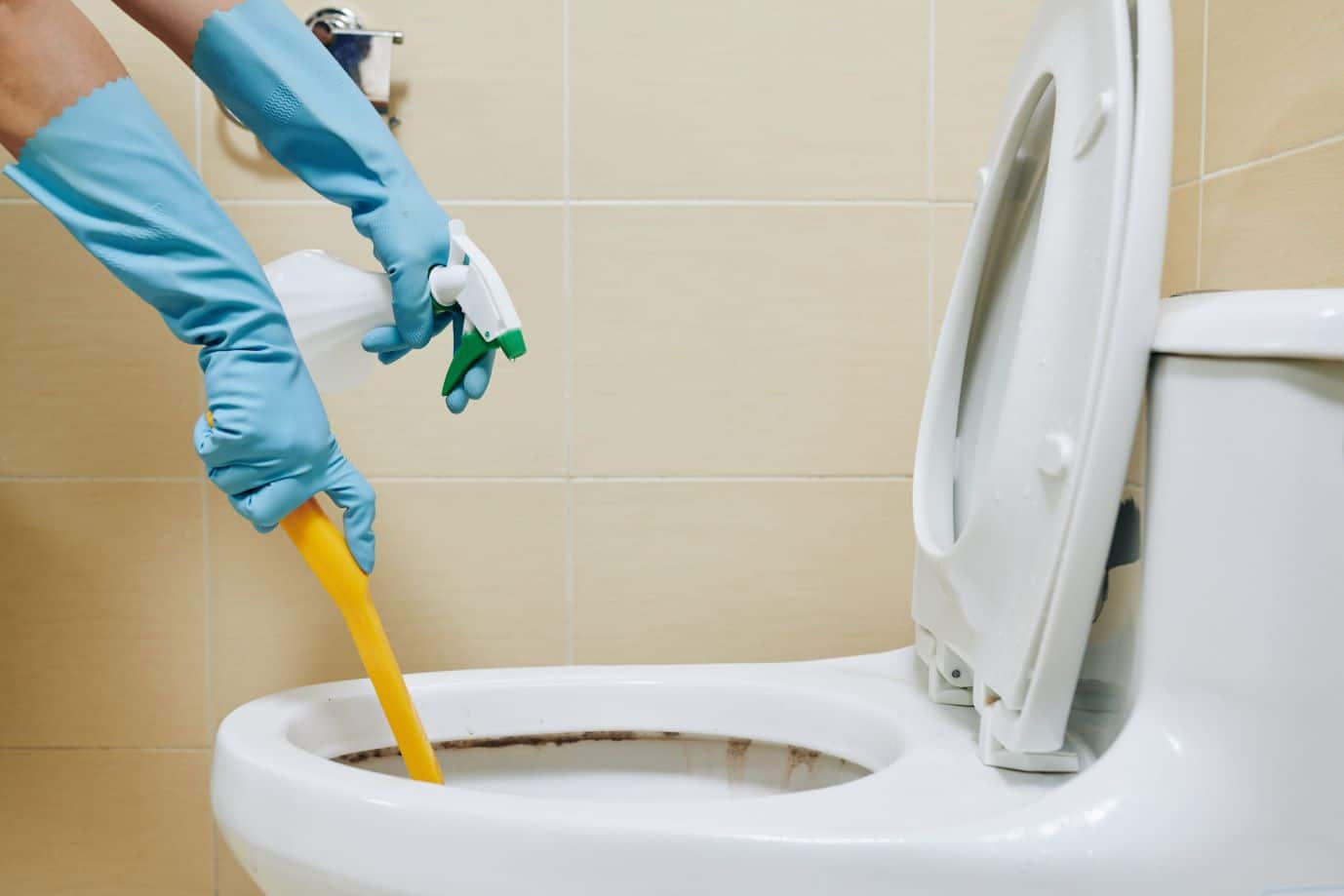

0 thoughts on “How To Clean Silverware To Protect Against Stains And Tarnish”